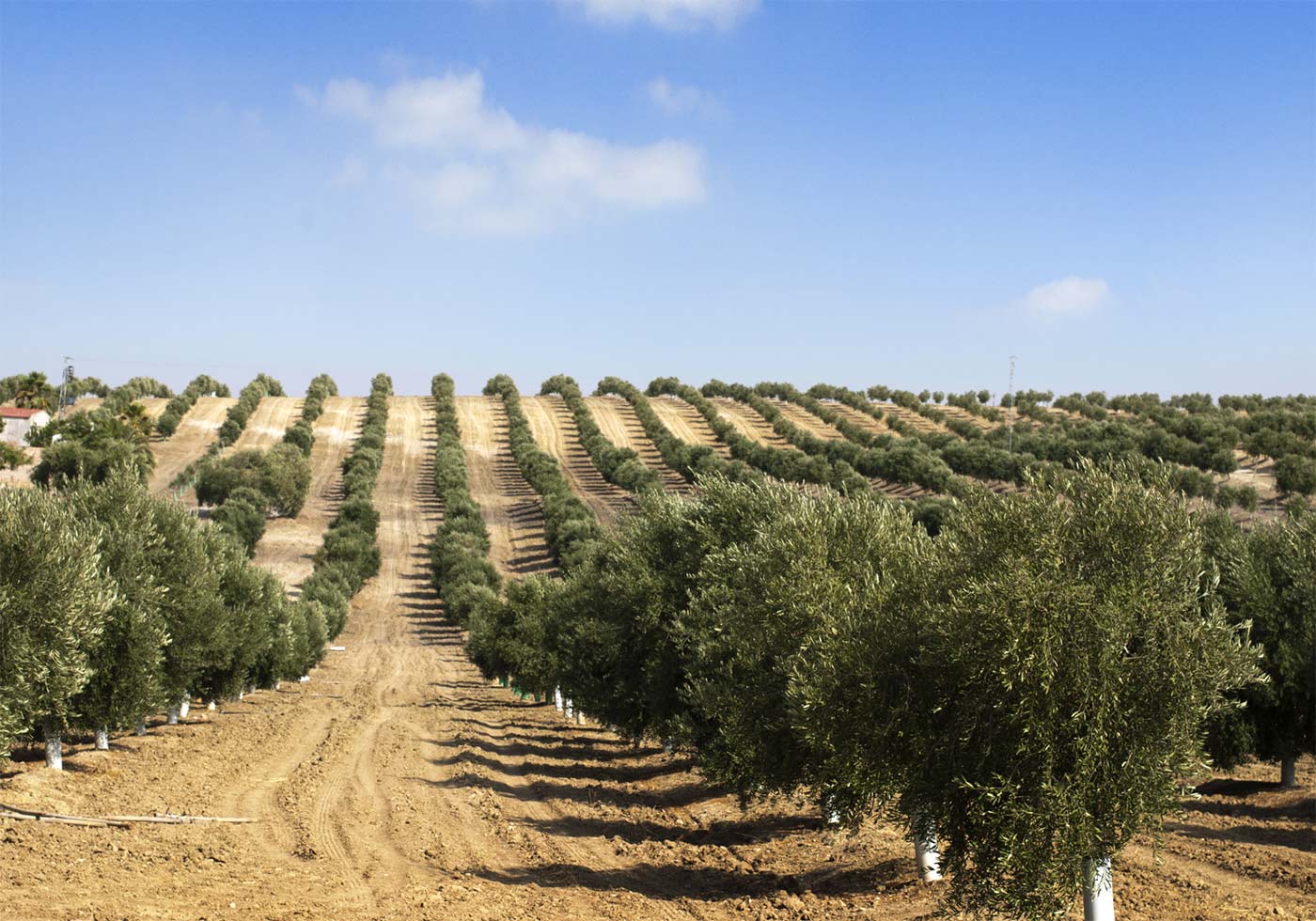
How to grow an olive
Growing an olive tree can be a rewarding experience, whether you’re cultivating it for its fruit, its ornamental value, or both. Olive trees (Olea europaea) are hardy and resilient, often thriving in conditions that might be challenging for other plants. This guide will walk you through the essential steps to successfully grow an olive tree, from selecting the right variety to planting and caring for your tree.
Choosing the Right Olive Tree Variety
The first step in growing an olive tree is selecting the right variety for your climate and intended use. Olive trees are generally categorized into two types: those grown for oil production and those grown for table olives. Some popular varieties include:
- Arbequina: Known for its small, flavorful olives and high oil content. It’s also quite cold-hardy.
- Manzanilla: A popular table olive with a mild flavor, often used for stuffing or brining.
- Mission: Versatile for both oil and table olives, and tolerant of a variety of climates.
- Koroneiki: Renowned for its high-quality oil, suitable for warmer climates.
Climate and Soil Requirements
Olive trees thrive in Mediterranean climates, characterized by hot, dry summers and mild, wet winters. However, many varieties can adapt to different climates. Consider the following:
- Temperature: Olive trees prefer temperatures between 60-80°F (15-27°C). They can tolerate temperatures as low as 20°F (-6°C) for short periods, but prolonged exposure to cold can damage the tree.
- Sunlight: Olives need full sun to produce fruit. Ensure your tree gets at least 6-8 hours of direct sunlight daily.
- Soil: Olive trees are not overly fussy about soil but prefer well-draining, loamy soil. They can tolerate a range of soil pH from 5.5 to 8.5. Good drainage is crucial to prevent root rot.
Planting the Olive Tree
- Selecting a Site: Choose a sunny location with well-draining soil. Avoid low-lying areas where water might accumulate.
- Preparing the Soil: If your soil is heavy clay or compacted, consider amending it with sand or organic matter to improve drainage.
- Digging the Hole: Dig a hole that is twice the width and the same depth as the root ball of your tree. This allows the roots to spread out easily.
- Planting: Place the tree in the hole, ensuring the top of the root ball is level with the soil surface. Backfill with soil, gently firming it around the roots. Water thoroughly to settle the soil.
Watering and Fertilizing
- Watering: Olive trees are drought-tolerant once established but need regular watering during the first year. Water deeply once a week, allowing the soil to dry out between waterings. Mature trees typically need less frequent watering.
- Fertilizing: Olive trees generally require minimal fertilization. Apply a balanced fertilizer (10-10-10) in early spring and mid-summer. Avoid excessive nitrogen, which can promote foliage growth at the expense of fruit production.
Pruning and Maintenance
- Pruning: Prune olive trees in late winter or early spring to maintain their shape, remove dead or diseased branches, and promote good air circulation. Remove any suckers (shoots) growing from the base of the tree.
- Mulching: Apply a layer of mulch around the base of the tree to conserve moisture and suppress weeds. Keep the mulch a few inches away from the trunk to prevent rot.
- Pest and Disease Control: Olive trees are relatively resistant to pests and diseases. However, keep an eye out for common issues like olive fruit fly, scale insects, and fungal diseases. Use appropriate organic or chemical treatments as needed.
Harvesting
Olives are typically harvested in the fall, but the exact timing depends on the variety and intended use. For table olives, pick them when they are still green but have reached full size. For oil, olives are usually harvested when they start to turn color (from green to purple). Use a ladder to reach higher branches or gently shake the tree and collect the fallen olives on a tarp.
Propagation
You can propagate olive trees from cuttings or seeds, though cuttings are more commonly used for maintaining specific varietal characteristics.
- Cuttings: Take semi-hardwood cuttings in late summer. Dip the cut end in rooting hormone and plant in a well-draining potting mix. Keep the cuttings moist and in a warm, sheltered location until they root.
- Seeds: Olive seeds can be germinated, but this method is less reliable and slower. Soak the seeds in water for 24 hours before planting in a seed-starting mix. Keep them warm and moist until they germinate.
Conclusion
Growing an olive tree is a fulfilling endeavor that can provide delicious fruit and enhance your landscape with its timeless beauty. By selecting the right variety, ensuring proper planting and care, and following these guidelines, you can enjoy a healthy and productive olive tree for many years to come. With patience and attention, your olive tree will reward you with bountiful harvests and a connection to an ancient tradition.
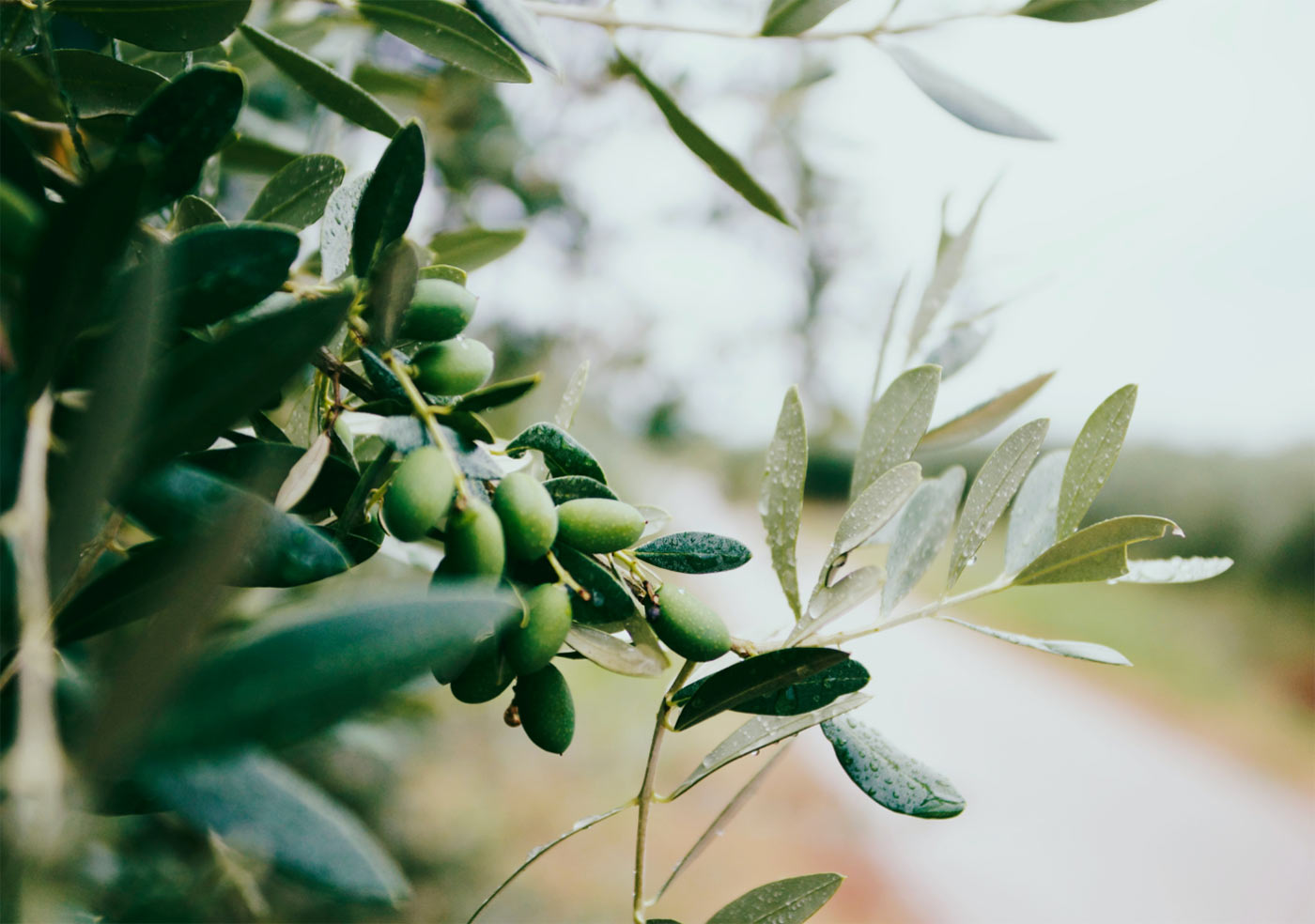
"Olive Oil Field Norway"
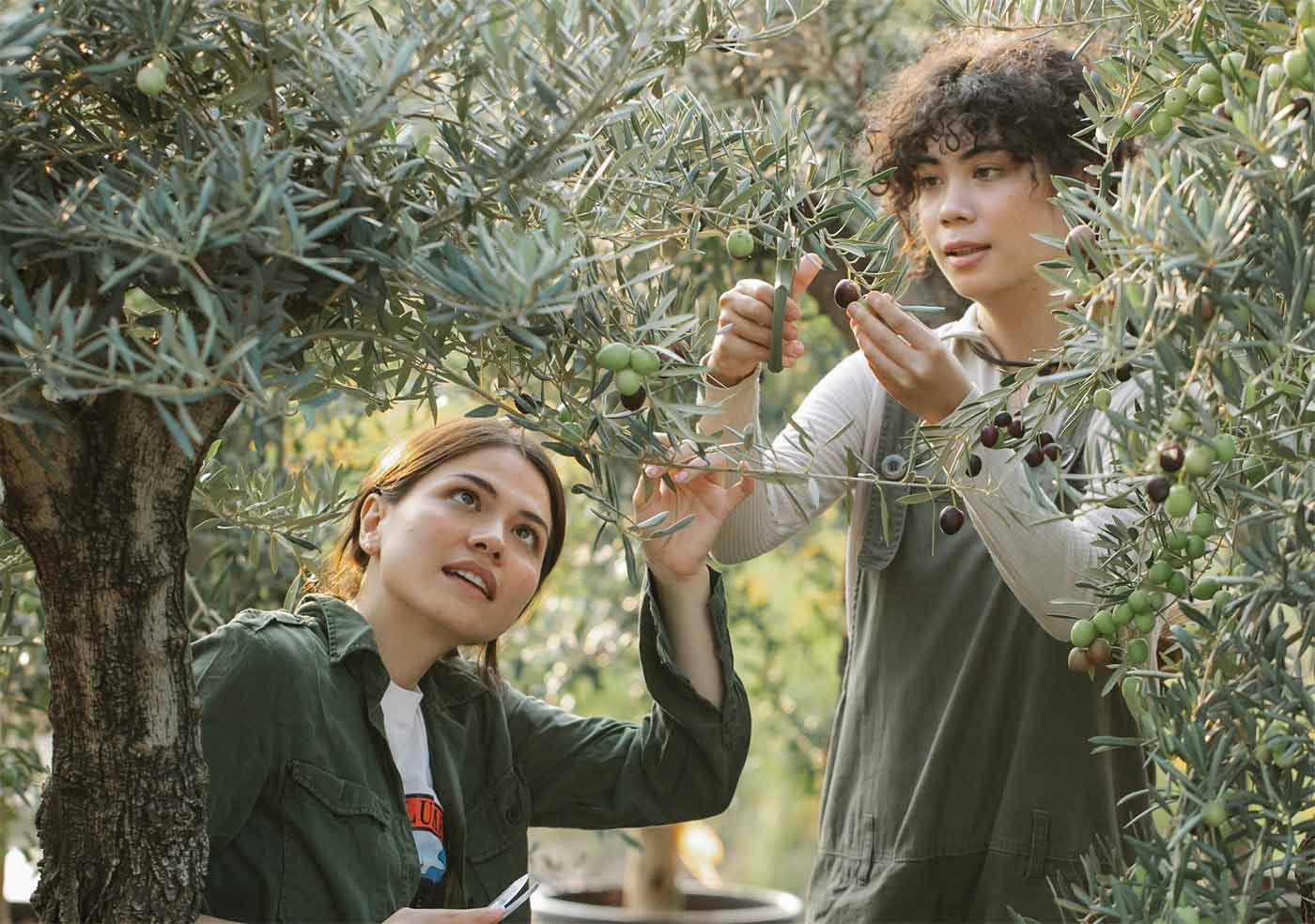
"Olive Oil Field Finland"
“The team is part farmer, part archaeologist, always full of enthusiasm to inspire emotions through fragrances and flavors.”
Related Posts
The best quality jars
When it comes to preserving the rich flavor and numerous health benefits of olive oil, choosing the
The oldest olive tree
The olive tree is not only a symbol of peace and wisdom but also a remarkable testament to nature’
Shaking the olive trees
Harvesting olives is a time-honored tradition that requires skill, precision, and the right techniqu



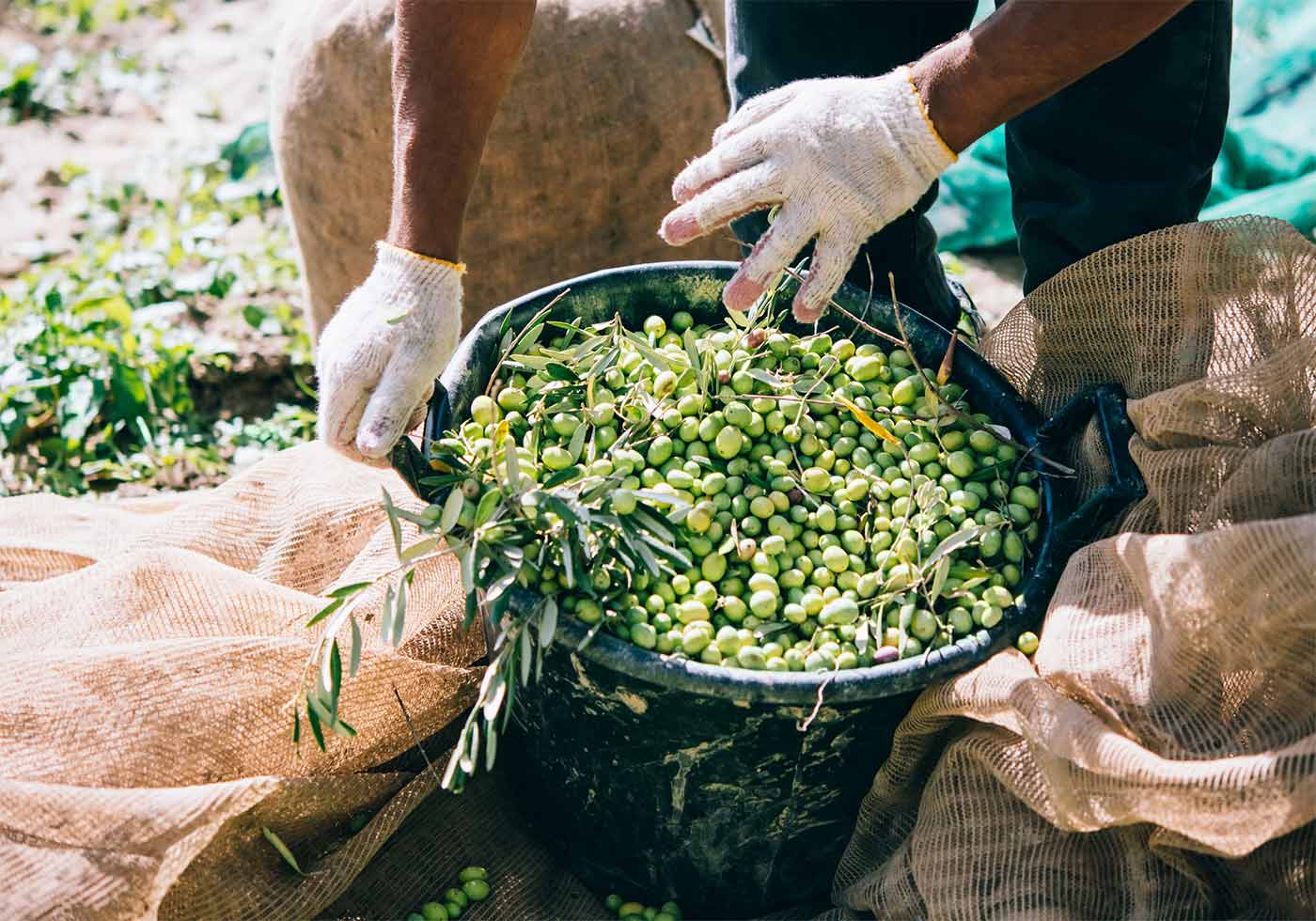
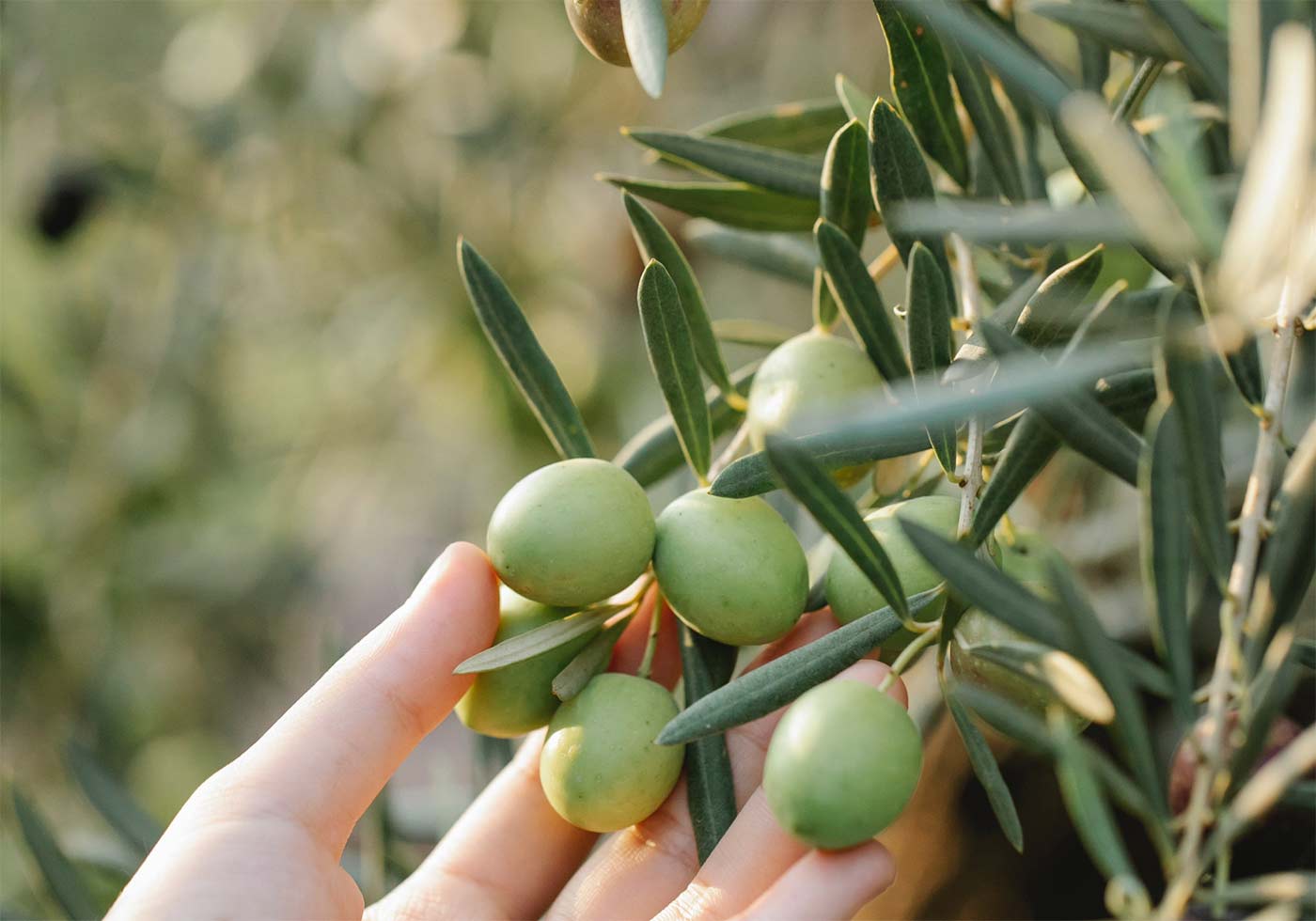
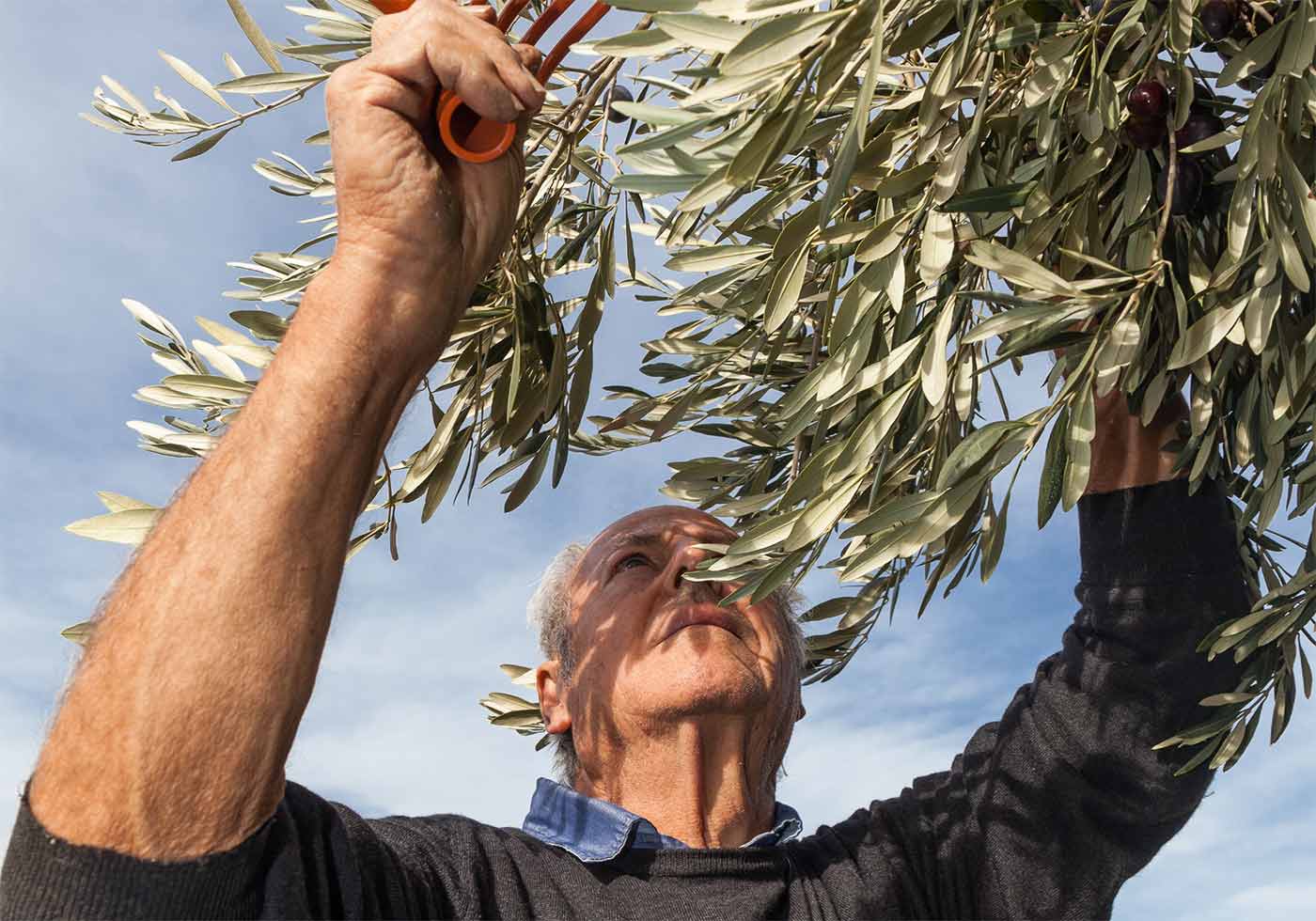
Leave a Reply